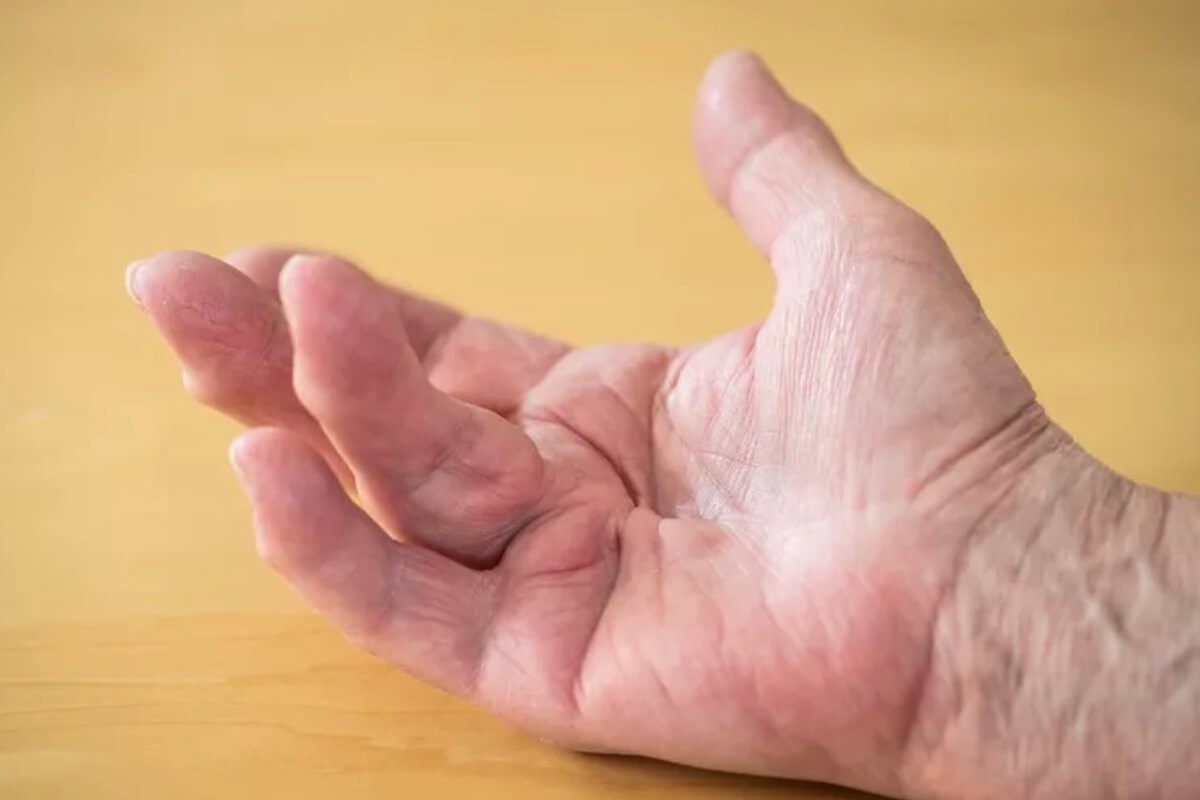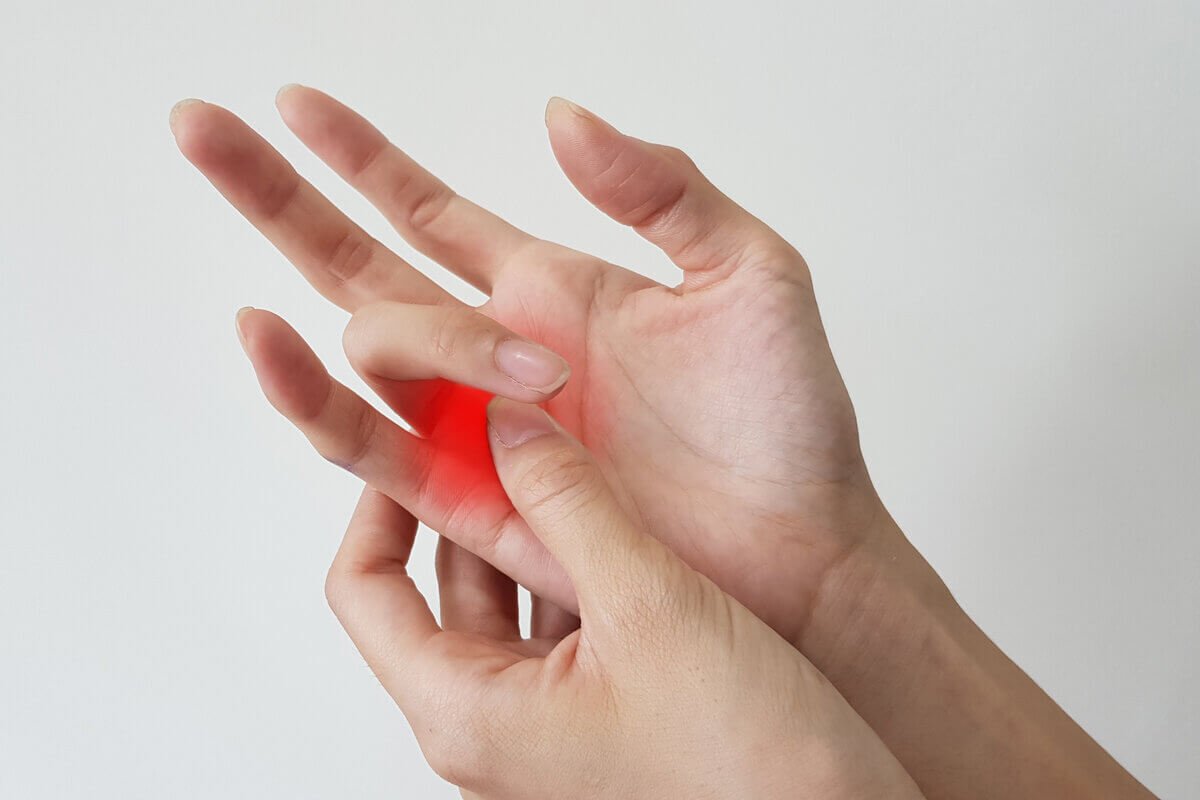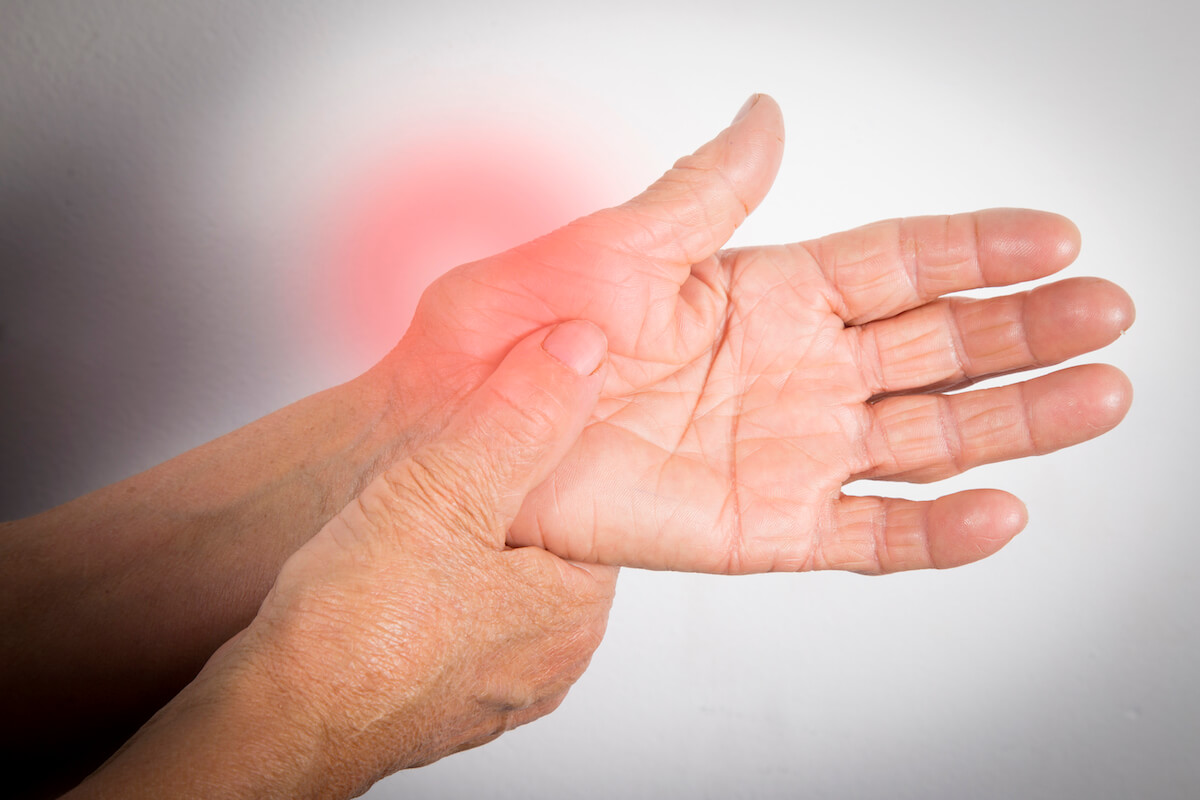Wrist & Hand Conditions
There are several wrist and hand conditions that can affect your daily tasks.
Wrist and hand conditions
When it comes to our daily activities, we rely heavily on our wrists and hands. Whether it’s typing on a keyboard, cooking a meal, or playing a musical instrument, our wrists and hands are constantly in motion. However, these intricate structures are also prone to various conditions that can cause pain and limit our functionality. In this comprehensive guide, we will explore the common wrist and hand conditions, their causes, symptoms, diagnosis, and the most effective treatment options available.
Common Wrist and Hand Conditions
There are several common wrist and hand conditions that individuals may experience throughout their lives. One of the most prevalent is carpal tunnel syndrome, which occurs when the median nerve, running from the forearm to the palm, becomes compressed. This can result in numbness, pain, and weakness in the hand and fingers. Another common condition is trigger finger, where the finger or thumb gets stuck in a bent position and then suddenly snaps straight. Other conditions include tennis elbow, Dupuytren’s Disease, and ganglion cysts.
Causes and Risk Factors for Wrist and Hand Conditions
Wrist and hand conditions can have various causes and risk factors. Repetitive activities such as typing or sports that involve constant grip and twisting movements can increase the risk of developing these conditions. In addition, certain medical conditions such as arthritis, diabetes and thyroid disorders can contribute to wrist and hand conditions. Poor ergonomics, improper technique during physical activities and trauma or injury to the wrist or hand may also be important factors.
Symptoms of Wrist and Hand Conditions
Recognizing the symptoms of wrist and hand conditions is crucial for early intervention and effective treatment. Some common symptoms include pain, swelling, stiffness, numbness, tingling, weakness, and a decreased range of motion. These symptoms can vary depending on the specific condition and its severity. For example, carpal tunnel syndrome may present with nighttime pain and tingling in the thumb, index, middle, and part of the ring finger. Trigger finger, on the other hand, may cause a popping or clicking sensation when moving the affected finger.
Diagnosis and Medical Evaluation for Wrist and Hand Conditions
For an accurate diagnosis of wrist and hand conditions, a thorough medical evaluation is necessary. An orthopedic surgeon will begin by taking a detailed medical history and performing a physical examination. He or she may also order imaging tests, such as X-rays, MRIs or ultrasounds, to evaluate the structures within the wrist and hand. In addition, nerve conduction studies and electromyography may be performed to evaluate nerve function. This comprehensive evaluation helps determine the underlying cause of the condition and guides the appropriate treatment plan.
Treatment Options for Wrist and Hand Conditions
The treatment options for wrist and hand conditions depend on the specific condition, its severity, and individual factors. In many cases, a conservative approach is initially recommended. This may involve rest, immobilization with splints or braces, over-the-counter pain medications, and physical therapy. Occupational therapy can also be beneficial in improving hand function and reducing symptoms. If conservative measures fail to provide relief, more advanced interventions may be considered, such as corticosteroid injections, regenerative medicine treatments, or surgical procedures.
Non-surgical Approaches for Wrist and Hand Conditions
Non-surgical approaches play a vital role in the management of wrist and hand conditions. Physical therapy is often prescribed to strengthen the muscles, improve flexibility, and enhance overall hand function. Therapeutic exercises, including stretches and range-of-motion movements, can help alleviate pain and restore mobility. Additionally, modalities such as heat or cold therapy, ultrasound, and electrical stimulation may be used to reduce inflammation, relieve pain, and promote healing. Ergonomic modifications in the workplace and daily activities are also crucial in preventing aggravation of symptoms.
Surgical Interventions for Wrist and Hand Conditions
In some cases, surgical interventions may be necessary to address wrist and hand conditions that do not respond to conservative treatments. Surgical options vary depending on the specific condition and its severity. For instance, carpal tunnel release surgery involves relieving the pressure on the median nerve by cutting the transverse carpal ligament. Trigger finger release surgery aims to release the constricted tendon sheath that is causing the finger or thumb to lock. Other surgical procedures include tendon repairs, joint replacements, and cyst removals. A skilled hand surgeon will determine the most appropriate surgical approach for each individual case.
Prevention and Self-care Tips for Wrist and Hand Conditions
Prevention and self-care are key in maintaining the health and functionality of the wrists and hands. It is important to practice good ergonomics during daily activities, ensuring proper alignment and support for the wrists and hands. Taking frequent breaks during repetitive tasks and performing stretching exercises can help reduce the risk of developing conditions such as carpal tunnel syndrome. Wearing protective gear during sports activities and using proper technique can also prevent injuries. Maintaining a healthy lifestyle, including regular exercise and a balanced diet, can contribute to overall joint health.





